The Best Wisteria Companion Plants
The Best Wisteria Companion Plants
Wisteria is a beautiful and fragrant flowering vine that can add a touch of elegance to any garden. However, wisteria can also be quite aggressive, so it's important to choose companion plants that will complement its growth and flowering habits.
In this blog post, we will discuss some of the best wisteria companion plants. We will also provide some tips on how to choose the right companions for your wisteria vine.
Introduction
Wisteria is a deciduous vine that is native to Asia. It can grow up to 60 feet long and produce large, fragrant flowers in shades of purple, blue, or white. Wisteria is a vigorous grower, so it's important to choose companion plants that will not be overpowered by its growth.
Main Content
Some of the best wisteria companion plants include:
- Clematis: Clematis is another flowering vine that is well-suited for companion planting with wisteria. Clematis blooms in a variety of colors, including blue, purple, pink, and white. It also blooms at different times of the year than wisteria, so you can enjoy a continuous display of flowers in your garden.
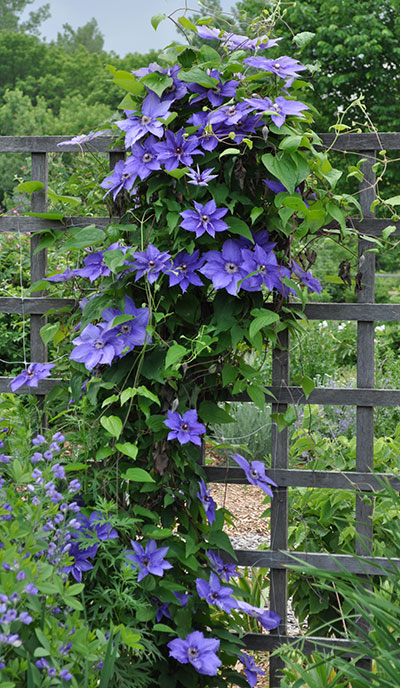
- Hostas: Hostas are shade-loving plants that provide a lush backdrop for wisteria. They also have attractive foliage that can help to hide the wisteria's bare stems in winter.
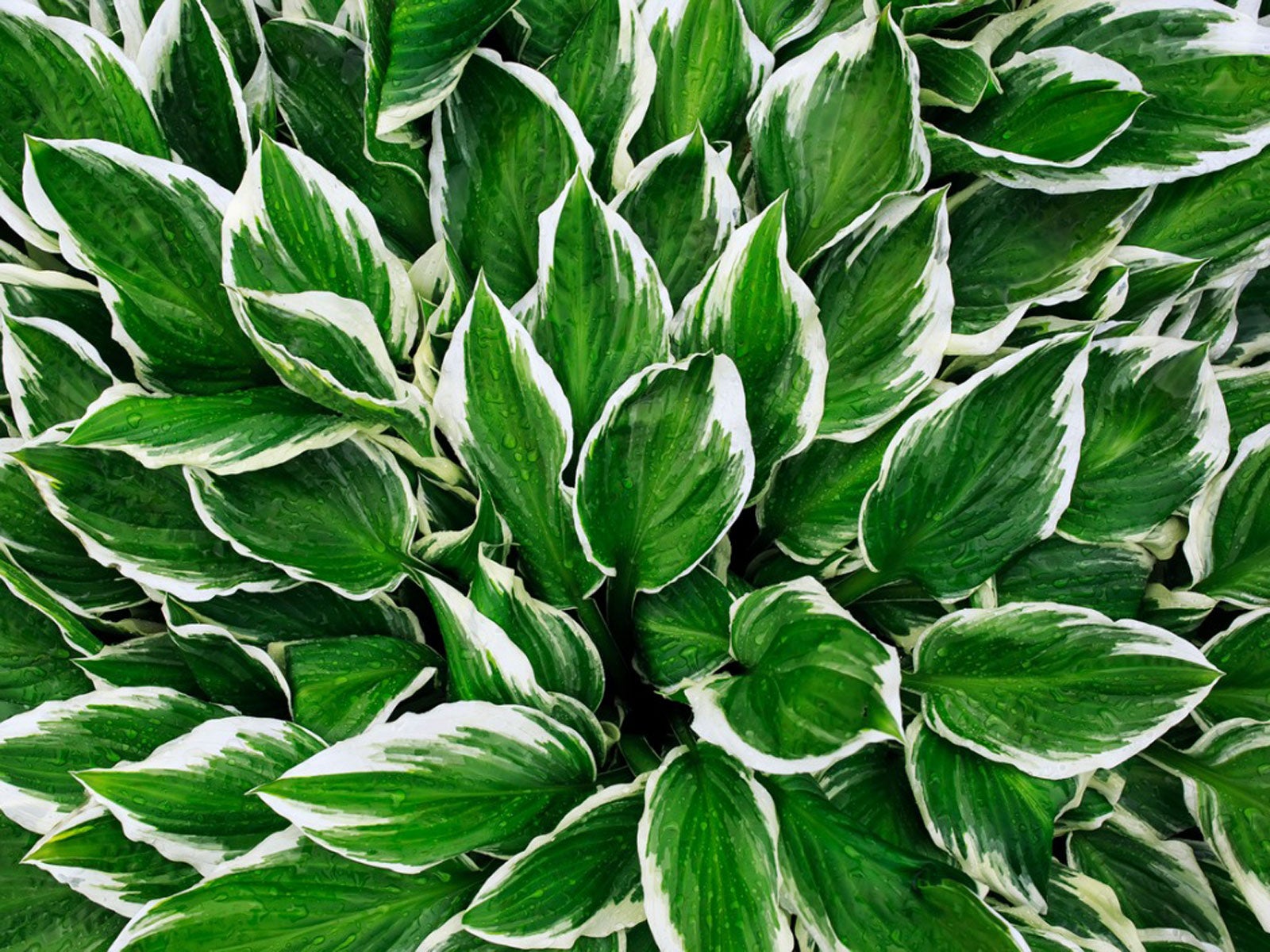
- Daylilies: Daylilies are another shade-tolerant plant that can be planted with wisteria. They bloom in a variety of colors, and their long-lasting flowers can help to extend the flowering season of your wisteria vine.
- Irises: Irises are a popular choice for companion planting with wisteria because they come in a variety of colors and bloom at different times of the year. They also have attractive foliage that can help to hide the wisteria's bare stems in winter.
- Astilbes: Astilbes are a type of perennial that is known for its delicate flowers and feathery foliage. They are a good choice for companion planting with wisteria because they prefer moist, shady conditions.
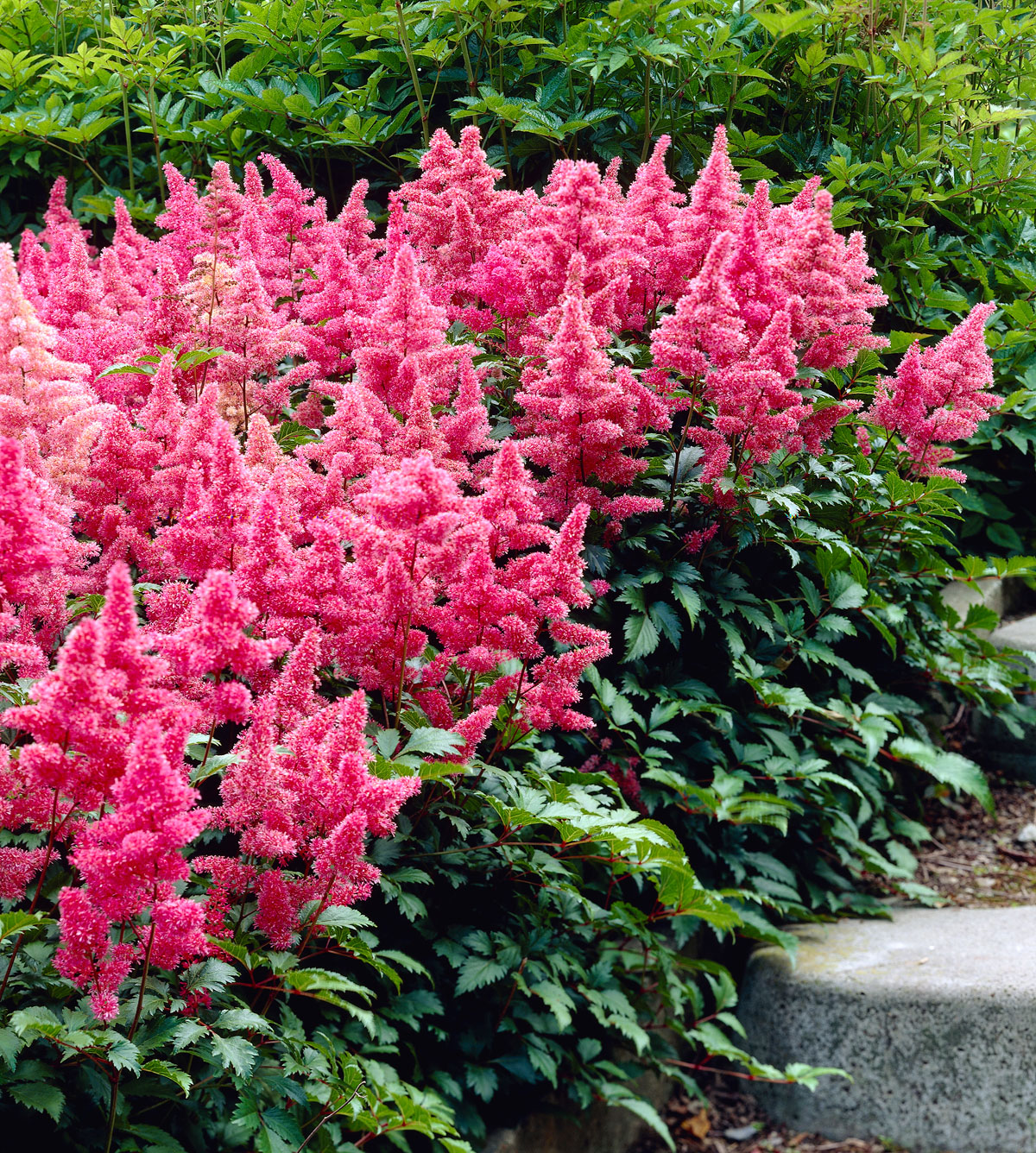
Tips for Choosing Companion Plants for Wisteria
When choosing companion plants for wisteria, there are a few things to keep in mind:
- Sunlight: Wisteria needs full sun to partial shade. Choose companion plants that have similar sunlight requirements.
- Water: Wisteria is a thirsty plant. Choose companion plants that are also drought-tolerant.
- Soil: Wisteria prefers rich, well-drained soil. Choose companion plants that have similar soil requirements.
- Flowering time: Wisteria blooms in late spring or early summer. Choose companion plants that bloom at different times of the year to extend the flowering season in your garden.
Conclusion
Wisteria is a beautiful and versatile plant that can be enjoyed in a variety of settings. By choosing the right companion plants, you can create a stunning garden display that will last for many years to come.
FAQ of wisteria companion plants
- What are good companion plants for wisteria?
Some good companion plants for wisteria include:
Lady's mantle (Alchemilla mollis): This bushy plant helps to hide the wisteria's withering leaves in the spring.
Evergreen grasses: These grasses provide winter interest when the wisteria's leaves drop.
Evergreen honeysuckle: This climber helps to keep the foliage coverage in winter if the wisteria is required to cover an unsightly backdrop.
Hostas: These shade-loving plants help to suppress weeds and provide a groundcover for the wisteria's roots.
Daylilies: These flowers bloom at the same time as wisteria, providing a colorful display.
What are the benefits of companion planting with wisteria?
There are several benefits to companion planting with wisteria, including:
Improved plant health: Companion plants can help to deter pests and diseases, attract beneficial insects, and improve the soil quality.
Increased pollination: Some companion plants, such as daylilies, can help to increase pollination of wisteria flowers.
Enhanced beauty: Companion plants can help to add interest and beauty to the wisteria's display.
What are some things to consider when choosing companion plants for wisteria?
When choosing companion plants for wisteria, it is important to consider the following factors:
Sunlight requirements: Wisteria needs full sun or partial shade. Make sure to choose companion plants that have similar sunlight requirements.
Water needs: Wisteria is a thirsty plant. Choose companion plants that have similar water needs.
Soil type: Wisteria prefers well-drained soil. Choose companion plants that also prefer well-drained soil.
Pest and disease resistance: Some companion plants are more resistant to pests and diseases than others. Choose companion plants that are resistant to the same pests and diseases that wisteria is susceptible to.
How do I plant wisteria with companion plants?
When planting wisteria with companion plants, it is important to plant the companion plants at the same time as the wisteria. This will help to ensure that the plants have a chance to establish themselves before the wisteria starts to grow vigorously.
It is also important to plant the companion plants at the correct distance from the wisteria. The companion plants should be planted at least 18 inches away from the wisteria to give them enough space to grow.
Image of wisteria companion plants
- Hostas are shade-loving plants that can help to fill in the space beneath a wisteria vine. They come in a variety of colors, including green, blue, and yellow.

- Daylilies are another shade-tolerant plant that can be planted near wisteria. They come in a wide variety of colors, and their flowers bloom for several weeks in the summer.

- Astilbes are a type of flowering perennial that can add some height and interest to a wisteria planting. They come in a variety of colors, including pink, white, and purple.
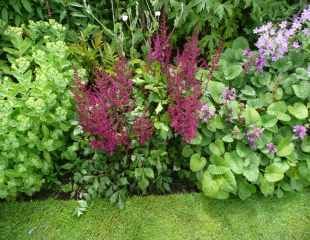
- Coral bells are a type of flowering perennial that is known for its bright red or orange flowers. They can be planted in full sun or partial shade, and they make a great companion for wisteria.
- Lungwort is a type of flowering perennial that is known for its blue or purple flowers. It is a low-maintenance plant that is easy to grow, and it makes a great companion for wisteria.
- Virginia bluebells are a type of flowering bulb that blooms in the spring. They have beautiful blue flowers that are sure to attract attention.
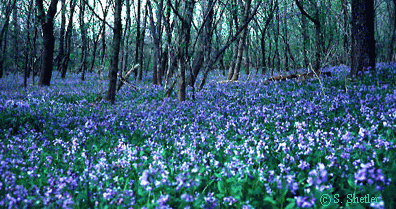
- Pansies are a type of flowering annual that blooms in the spring and fall. They come in a variety of colors, and they are a great way to add some color to a wisteria planting.
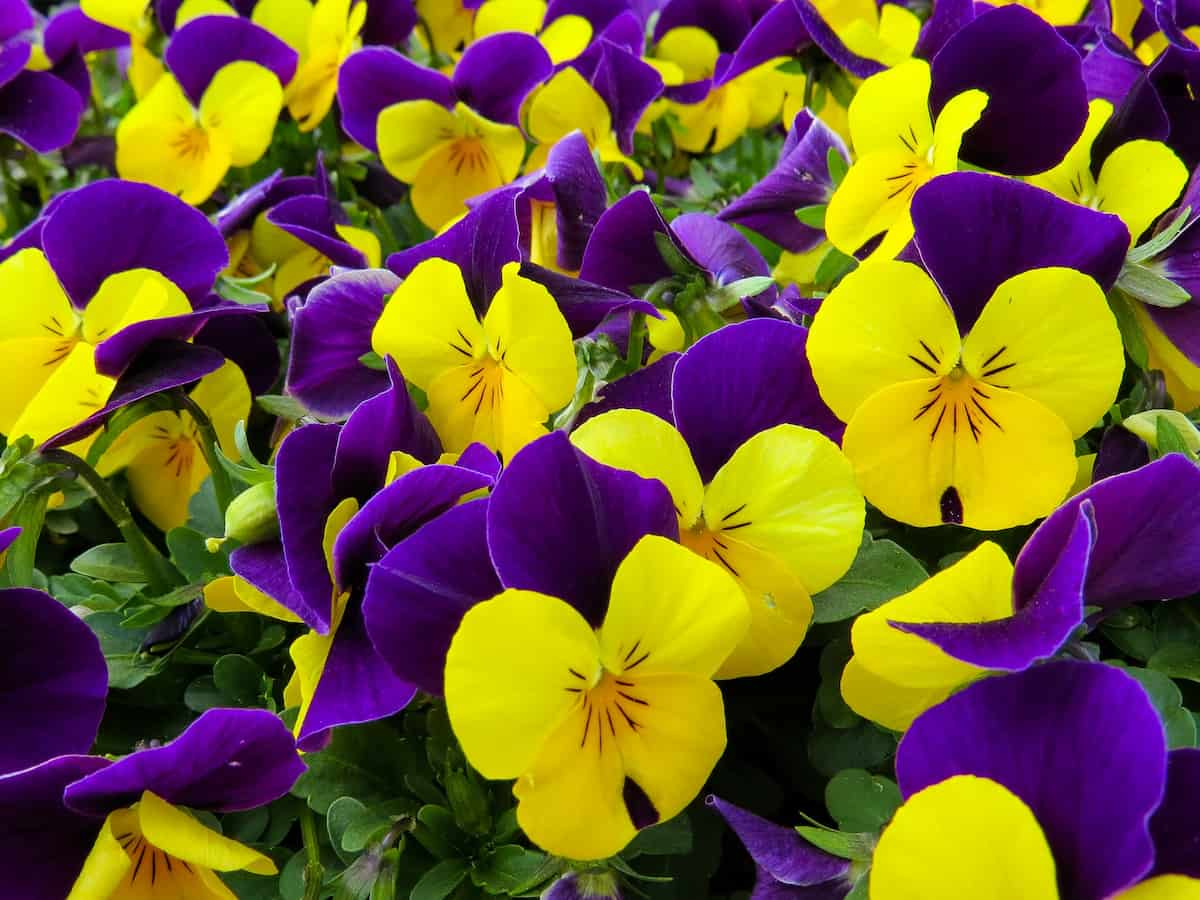
- Primroses are a type of flowering perennial that blooms in the spring. They have beautiful flowers that come in a variety of colors, including yellow, pink, and purple.
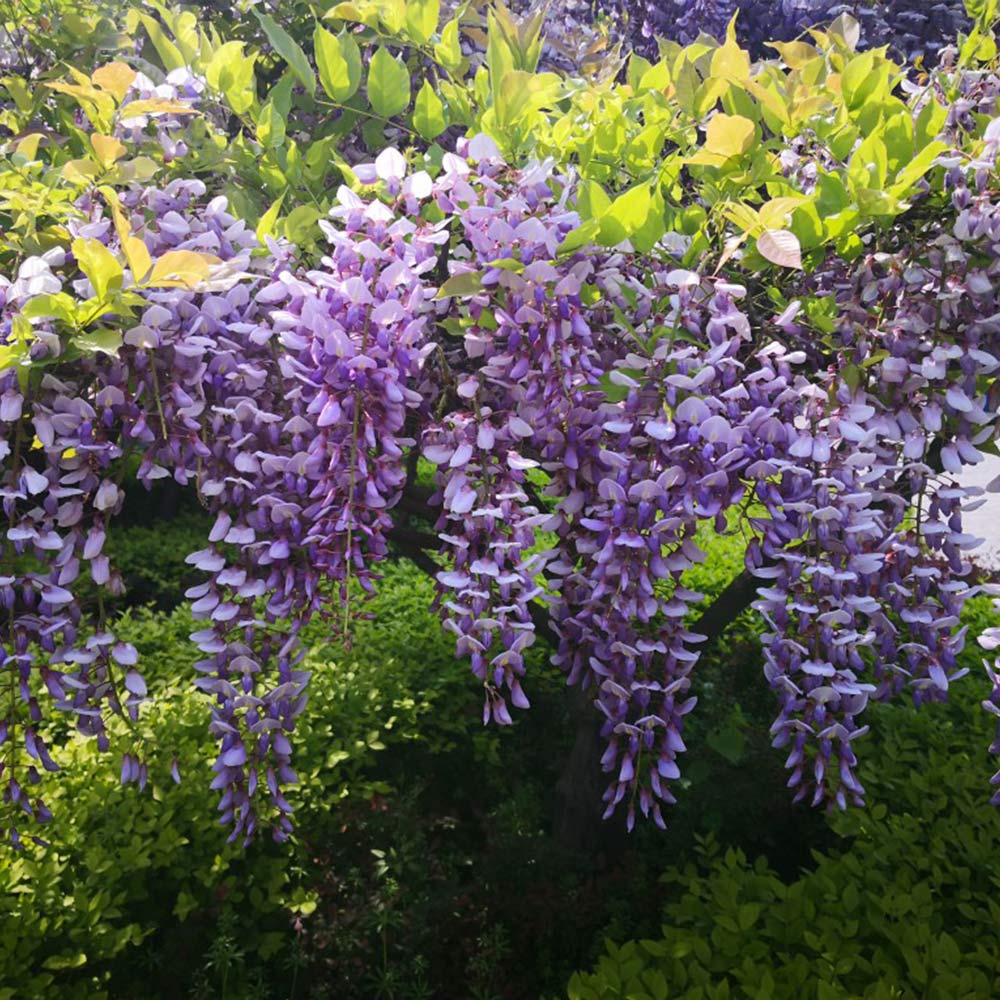
- Violets are a type of flowering perennial that blooms in the spring. They have small, delicate flowers that come in a variety of colors, including blue, white, and purple.
Post a Comment for "The Best Wisteria Companion Plants"